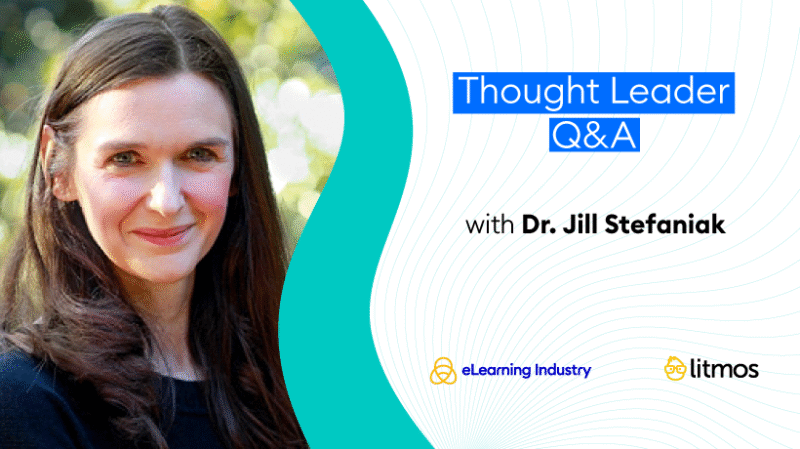
Implementing ADDIE For A Lot More Impactful Educating
Dr. Jill Stefaniak is the Chief Knowing Officer at Litmos Her rate of interests focus on the growth of L&D experts and Instructional Layout decision making. Today, she talks to us regarding applying the ADDIE framework, L&D requires evaluation, and training evaluation.
Why is the ADDIE structure still so relevant today, and just how does requirements analysis and evaluation fit into the process?
I such as to consider analysis and examination as the bookends to the ADDIE structure. They both offer the framework needed to support training. While they are two distinct stages of ADDIE, they are adjoined due to the fact that both phases focus on enhancing discovering and performance.
A requirements analysis is usually performed at the start of a style task to determine gaps in between present and preferred understanding, abilities, and performance. By methodically gathering data from learners, stakeholders, and organizational contexts, L&D professionals can pinpoint where interventions are required and prioritize knowing. Essentially, an extensive needs analysis provides a baseline against which the efficiency of training treatments can be later on measured.
Evaluation feeds back right into the requirements assessment process by assessing whether the made direction is meeting its designated purpose. The understandings gained from analysis can recognize previously unknown or found spaces in efficiency or advancing learner requirements. This motivates a new cycle of needs assessment and improvement. Needs analysis and assessment create a continual responses loophole where analysis notifies layout and assessment determines its impact. Assessment discovers brand-new needs, ensuring training continues to be pertinent and reliable.
Based on your experience, what’s the most usual blunder that L&D specialists make when carrying out ADDIE?
I believe there are two typical blunders that L&D specialists make:
- They hurry (or avoid completely) the analysis stage. They tend to jump right into designing content without asking the vital inquiries to understand the nuanced requirements of the discovering audience. They also tend to take a look at evaluation as merely student analysis and miss out on the possibility to collect vital info that can have a significant effect on training results.
- Another common mistake is dealing with ADDIE strictly as a straight process. While L&D experts are expected to progress with the framework sequentially, it is very important that they be adaptable and versatile throughout the design procedure. This indicates taking another look at numerous stages of the design procedure as new info arises. An effective L&D job is one that welcomes ideation and version. Prototyping, revisiting phases to guarantee there’s necessary positioning between training demands, web content, and evaluative metrics, are important to guaranteeing the web content designed is satisfying the organization’s intended end results.
Exactly how can L&D groups better comprehend the requirements of their learners by focusing extra on energy, significance, and worth when carrying out demands evaluations?
When L&D teams concentrate on utility, relevance, and worth in their demands assessments, they obtain a clearer photo of what really matters to learners in their company. Utility makes certain that training addresses functional skills students can right away use in their duties. Relevance connects learning directly to job obligations and occupation objectives. By taking a look at worth, groups recognize which finding out chances will have the greatest effect on both learner engagement and business end results. This eventually brings about the development of more reliable and targeted L&D programs.
What is one of your standout success tales that entailed the ADDIE structure?
Our L&D team at Litmos developed Litmos College to provide targeted training to support our consumers. We began with a requirements evaluation to better comprehend where learners were having a hard time and what abilities were most critical. That input shaped the design and ensured we focused on the right material from the beginning. With development, we shared style documents, models, gathered feedback, and made iterative enhancements. The result is a collection of courses that really felt appropriate to learners and revealed clear improvement in both involvement and performance.
Do you have an approaching occasion, launch, or various other campaign that you ‘d like our viewers to find out about?
I’ll be organizing a webinar on October 9 with Dr. Stephanie Moore, Partner Teacher at the University of New Mexico, that explores the biggest mistakes of AI-generated understanding, consisting of enhancing stereotypes, fueling the “learning designs” myth, and creating unclear or inefficient purposes. It’ll cover useful strategies for creating quantifiable purposes, setting ethical guardrails, and ensuring your training remains diverse, accessible, and grounded in study. You can sign up for it here
Completing
Many thanks so much to Dr. Jill Stefaniak for sharing her beneficial understandings and competence with us. If you would love to find out more concerning making effective and interesting training, you can check out her short article on the Litmos blog, which highlights four inquiries L&D teams can ask to scale their requirements evaluation.